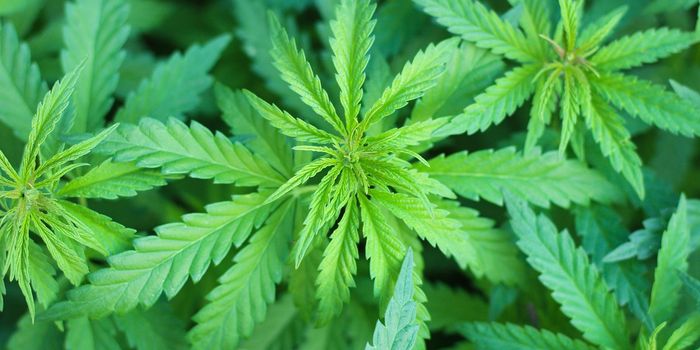The Secret Behind Deep-Diving Dolphins May Reside in Their Blood
When researchers noticed common bottlenose dolphins in Bermuda diving up to 1,000 meters below the ocean’s surface, they quickly started to wonder why their coastal equivalents near Florida don’t do the same.
Image Credit: Pixabay
Some of the first theories that came to mind were that the non-coastal bottlenose dolphins may have developed more robust lungs or that they had lower metabolic rates. But a bit more digging into the matter showed neither to be the case.
Two new studies that have been published in the journal Frontiers in Physiology this week provide an ounce of insight into the matter, and the results are rather captivating.
“The question is, how far can you stretch physiology for the same species to live these completely different lifestyles?” said study lead author Andreas Fahlman.
Related: Record-breaking dolphin passes away at a Japanese aquarium
Upon collecting blood samples from both coastal and offshore bottlenose dolphins throughout the region, the answer became clear.
The offshore variety had around 25% more red blood cells than the coastal variety. Consequently, they also would have had more hemoglobin, a protein known for bringing oxygen to critical parts of the body.
“It’s like diving with a larger fuel tank, the deep diving species just fills up more,” Fahlman added.
Assuming the animals can control their own blood flow, this oxygen-enriched blood may give the offshore bottlenose dolphin variety an upper hand in averting decompression sickness after performing deep-sea dives.
But why are they diving so deep to begin with? Researchers aren’t entirely sure, but it may have something to do with prey acquisition. As climate change impacts prey availability on a global scale, diving deeper might be the only way for the animals to find their food.
“There’s a lot a dolphin can do to survive,” Fahlman said. “No matter how much we damage the environment, they can adapt a lot of things they’re doing and still survive.”
Additional research could shed light on the mechanisms behind this behavior, but for now, Fahlman’s two studies offer the best explanation to date.
Source: Popular Science









